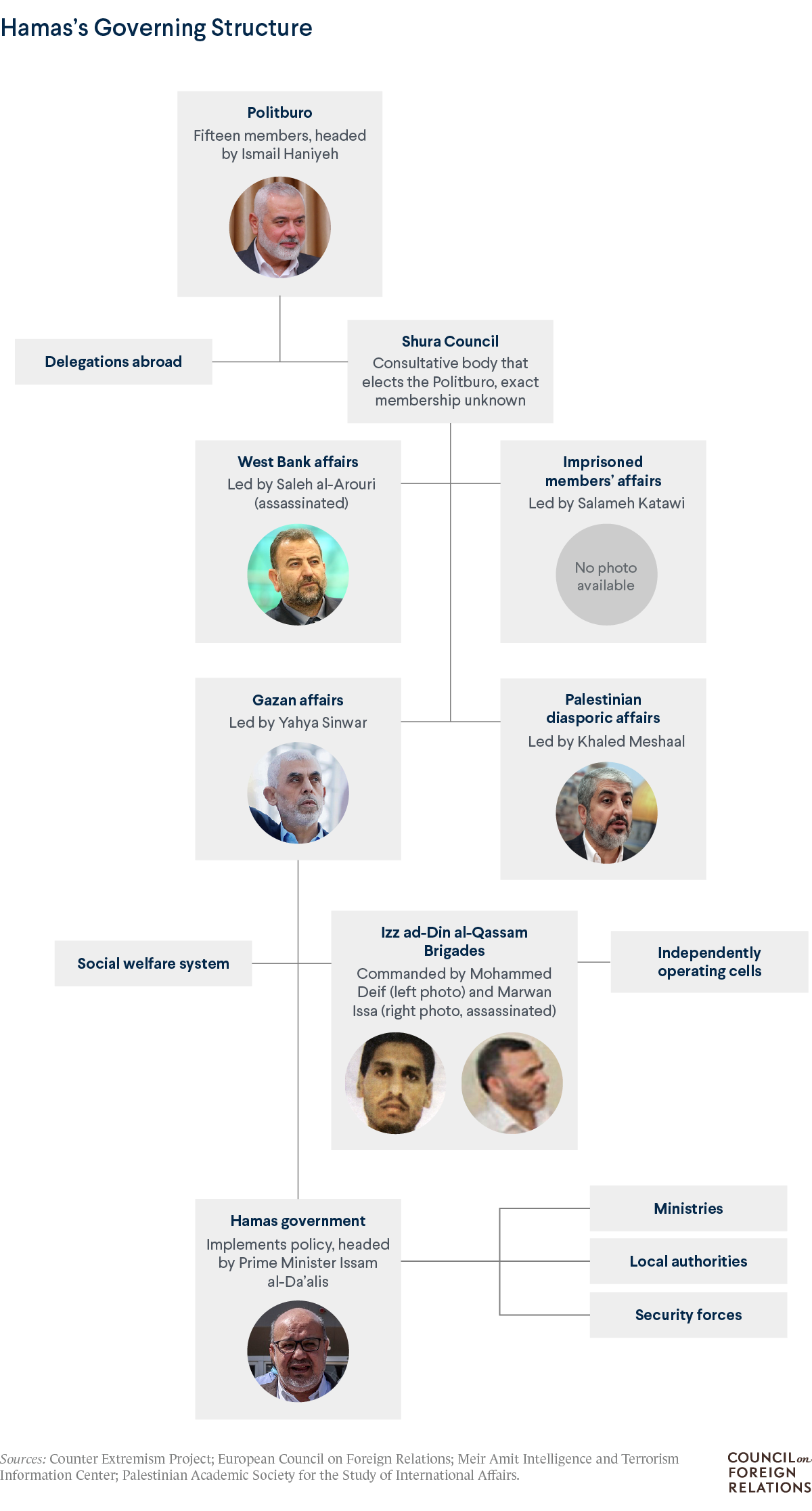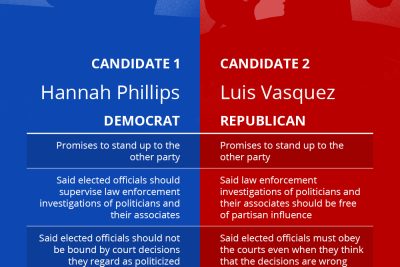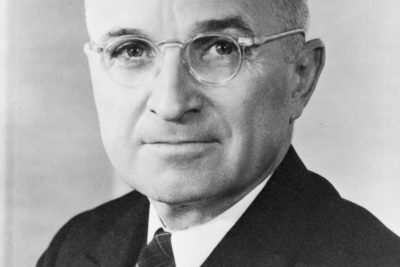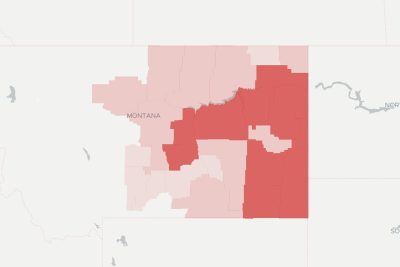
Leaders of History: Government Roles in PLO vs. Hamas

The history of Palestinian leadership is intricately tied to the ongoing struggles of the Palestinian people for self-determination and statehood. At the heart of this narrative are two pivotal political factions: the **Palestinian Liberation Organization (PLO)** and **Hamas**. Understanding their roles in governance not only sheds light on the historical context but also on the political dynamics that have shaped the region since the mid-20th century. This article delves into the key leaders, events, and ideological differences that have underpinned these two movements, particularly focusing on the tenure of Yasser Arafat and the rising influence of Hamas in the Palestinian political arena.
As the landscape of Palestinian politics shifts, examining the contrasting approaches of the **PLO** and Hamas yields critical insights into the challenges of governance in **Palestine**. The leadership styles, strategic objectives, and international relations of these groups interweave in a complex tapestry that has significant implications for the future of the Palestinian people. This exploration will cover the historical context leading up to the establishment of the Palestinian Authority, key events during Arafat’s presidency, and the impacts of Hamas on governance and society within **Palestine**.
Historical Context of the Palestinian Leadership
The groundwork for leadership in **Palestine** was laid during the aftermath of the **1948 Nakba**, when the state of Israel was established, resulting in the displacement of hundreds of thousands of Palestinians. This period marked the genesis of the **Palestinian national identity** and the struggle for political representation. The PLO emerged in the 1960s as a response to the urgent need for a unifying body to advocate for the Palestinian cause on both regional and international fronts. However, the organization's effectiveness was often hampered by internal divisions and the broader geopolitical landscape.
The signing of the **Oslo Accords** in the early 1990s was a turning point for Palestinian leadership, leading to the establishment of the **Palestinian Authority (PA)** in 1994. This represented a formal acknowledgment of Palestinian governance and aspirations for statehood. Yasser Arafat was appointed as the head of the PA, with a mandate to navigate the intricacies of governance post-occupation. His leadership was critical in galvanizing international support and establishing administrative mechanisms within areas like Gaza and the West Bank. Despite this, Arafat faced immense challenges, including the fragmentation of Palestinian society and the rise of opposition from groups such as Hamas.
Yasser Arafat: Challenges and Achievements
Yasser Arafat’s presidency was marked by significant achievements and profound challenges. After being elected president in January 1996 during the elections for the PA, he focused heavily on building state institutions. Under his leadership, **Palestinian** national identity was cultivated, and various ministries and infrastructures were developed, laying a foundation for future governance. However, rampant violence from dissident groups, most notably Hamas, began to undermine Arafat's position and the credibility of the **peace process** that had been established by the **Oslo Accords**.
The Impact of Hamas on the Palestinian Political Landscape
The emergence of Hamas as a formidable force significantly influenced the **Palestinian** political landscape. Established in 1987 during the First Intifada, Hamas presented a counter-narrative to the PLO and Arafat's approach. While Arafat advocated for negotiations and diplomacy, Hamas adopted a more militant stance, emphasizing armed resistance against Israeli occupation. The growing public support for Hamas, driven by disillusionment with the PA's handling of the peace process, became a challenge that Arafat could not ignore, particularly as his government struggled to curb violence.
Key Events During Arafat's Presidency
Several key events defined Arafat's presidency and underscored the tumultuous state of **Palestinian** governance. The **Wye River Memorandum** in 1998 linked Israeli withdrawals to the PA’s effectiveness in controlling violent outbreaks. Arafat attempted to navigate these negotiations whilst maintaining order within his administration, yet his efforts often fell short as factions within Palestinian society grew increasingly fractious.
The Oslo Accords and Their Implications
The **Oslo Accords**, signed in the 1990s, constituted a significant milestone as they created a framework for Palestinian self-governance and facilitated the establishment of the PA. However, while the Accords were initially lauded as a step towards peace, they quickly became a source of contention. Many **Palestinians** felt that the terms compromised their rights and sovereignty, leading to widespread protests and a growing rift between moderates in the PA and militants aligned with Hamas. The inability to fulfill the promises outlined in the Accords contributed to the perception that the PA was ineffective, driving many to support Hamas.
The Second Intifada: A Turning Point
The eruption of the **Second Intifada** in 2000 served as a dramatic turning point in **Palestinian** governance and society. Triggered by a failure to reach an agreement during the Camp David summit, the Intifada marked a period of intensified violence between Israeli forces and Palestinian groups. Arafat's leadership faced unprecedented pressure during this period, as the Israeli military response was met with both local rebellion and international scrutiny.
The Role of International Pressure in Palestinian Governance
Throughout Arafat's presidency, international pressure played a critical role in shaping Palestinian governance. Global powers, particularly the United States, exerted influence on Arafat, weighing heavily on him to rein in violence and promote stability in the region. The **involvement of international actors** became increasingly evident by the early 2000s, especially as violence escalated. Arafat's inability to control the situation led to critiques of his leadership and rumblings for a shift in governance strategies, further complicating the internal political dynamics.
The Emergence of Mahmoud Abbas as Prime Minister
In response to the growing chaos and violence, the introduction of a prime ministerial role within the PA in 2003 marked another shift in **Palestinian** governance. Mahmoud Abbas, known to many as Abu Mazen, was appointed as the first Prime Minister of the PA. His leadership style contrasted sharply with Arafat's; he favored negotiation over militarism, aiming to restore international faith in the Palestinian cause. However, struggles with internal factions and resistance from Hamas plagued his administration, complicating efforts to implement effective governance in **Palestine**.
Conclusion: The Legacy of Leadership in the Palestinian Struggle
The legacy of leadership in the **Palestinian** struggle is characterized by both resilience and fragmentation. Figures like Yasser Arafat laid the foundations for Palestinian governance through diplomatic endeavors while facing immense challenges from militants. The rise of Hamas challenged traditional governance models, reflecting the **Palestinian people's** ongoing quest for empowerment and justice. As the political landscape continues to evolve, understanding these historical contexts is essential in addressing contemporary **Palestinian** issues and aspirations.
Did you find this article helpful? Leaders of History: Government Roles in PLO vs. Hamas See more here Education.
Leave a Reply






Related posts